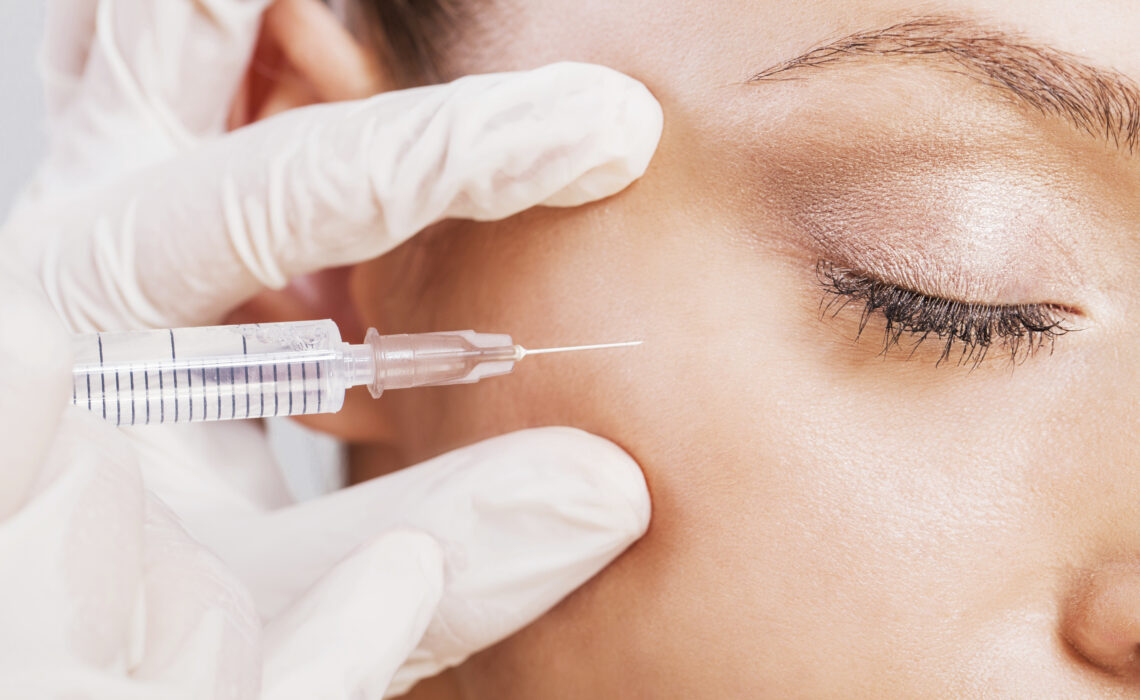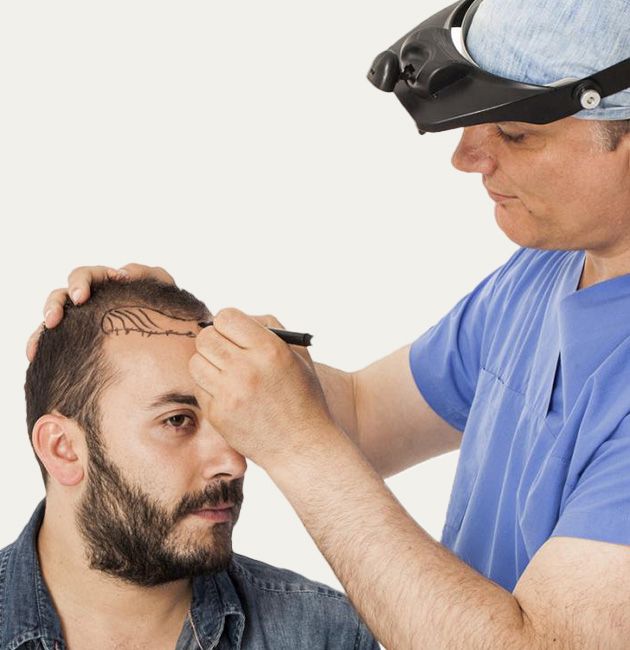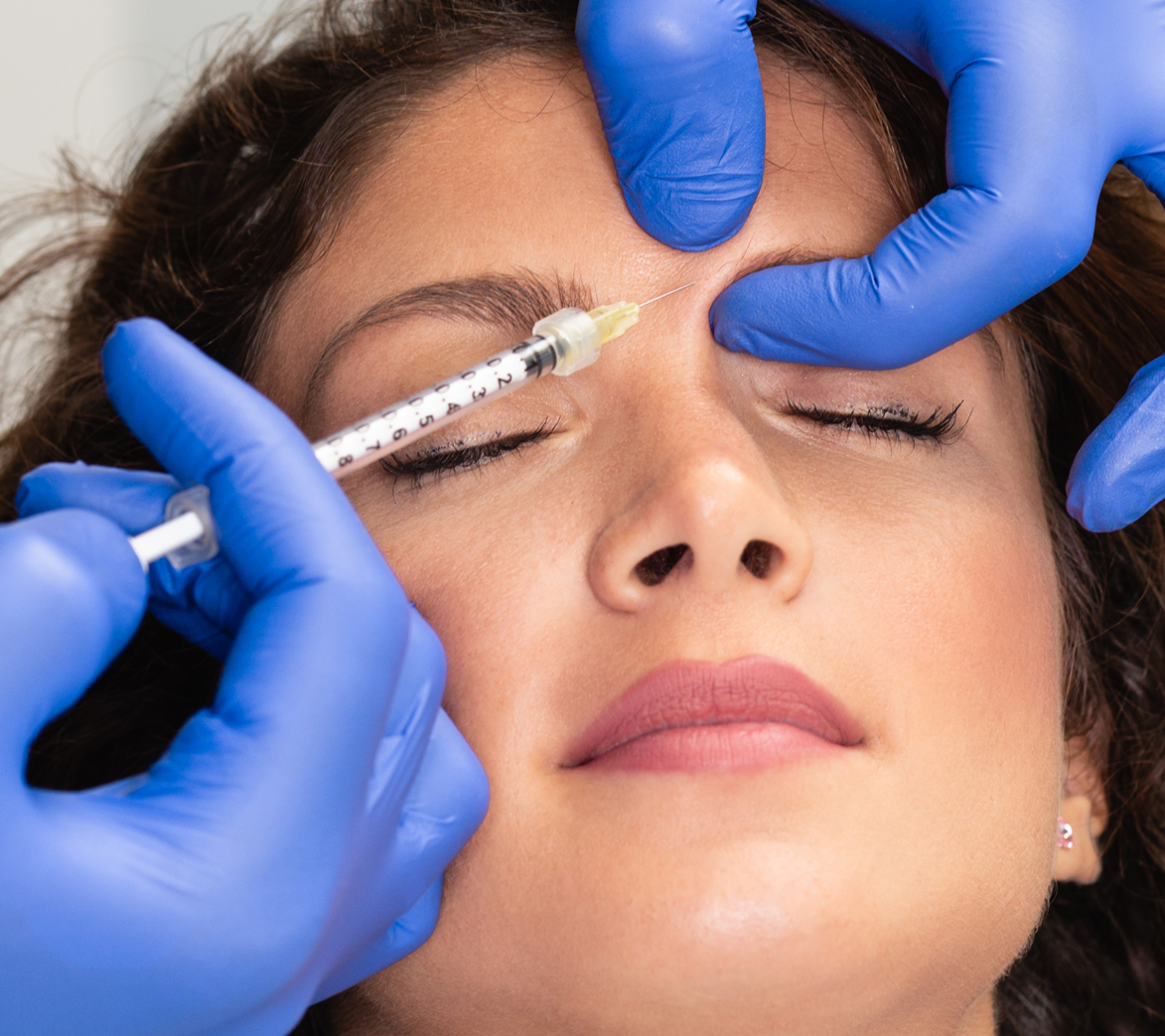
Hair transplant surgery has become an increasingly popular solution for people dealing with hair loss, and for good reason. This innovative procedure can restore hair to areas that have thinned or balded, offering individuals a chance to regain their confidence and appearance. However, before committing to such a significant procedure, it’s important to take various factors into consideration to ensure that the decision is well-informed and that the outcome meets expectations. In this article, we explore the key factors you should carefully evaluate before deciding to undergo a hair transplant.
Age and Hair Loss Stage
One of the first factors to consider before opting for a hair transplant is your age and the stage of hair loss you are experiencing. Age plays a crucial role in determining whether a hair transplant is the right choice. Generally, the best candidates for hair transplant surgery are individuals in their mid-20s to early 40s. At this age, hair loss patterns have usually stabilized, meaning the chances of achieving long-term, natural results are higher.
If you’re younger than 25, it’s important to be cautious, as your hair loss pattern may continue to evolve over the years. For younger patients, the decision to undergo a transplant can be risky since they may need additional treatments as their hair loss progresses. Your surgeon will evaluate your hair loss and determine if you’re a good candidate based on both age and the stage of your hair thinning.
For individuals who are further along in their hair loss journey, the procedure can still be effective, but it may require a more strategic approach. Surgeons may need to use more donor hair from other parts of the body, or you may need a combination of treatments. Regardless of age, it’s essential to manage your expectations and understand that the success of the procedure will depend on how far your hair loss has progressed.
Health and Medical Conditions
Before undergoing any surgical procedure, it’s vital to consider your overall health. While hair transplant surgery is relatively simple and minimally invasive, it still carries risks, especially if you have certain underlying medical conditions. Health issues such as diabetes, hypertension, or autoimmune disorders can affect the healing process and may increase the risk of complications after the surgery.
If you are on any medication, especially blood thinners, you must consult with your doctor to see if it’s safe to stop them temporarily before the surgery. Additionally, individuals with chronic skin conditions or infections might face challenges during recovery, which can impact the success of the hair transplant.
Ultimately, your health status will determine how well you can handle the procedure and its recovery phase. A thorough health assessment by your surgeon will help ensure that your body is prepared for the transplant and will heal appropriately afterward.
Hair Type and Quality
The quality and type of hair you have can also impact the outcome of your transplant. For instance, individuals with thick, coarse hair tend to see more successful results than those with fine or sparse hair. The thickness of the hair provides better coverage, and in the case of fine hair, results may not be as satisfying due to less coverage and volume.
Hair texture also plays a significant role in the final appearance. If your natural hair is extremely fine or thin, it may limit how natural the transplanted hair will appear, even after the procedure. In contrast, people with thick, curly hair tend to have an easier time achieving full, natural-looking results because the hair naturally fills out thinning areas. Hair color is another consideration—people with darker hair and lighter skin tend to get better results since there is a higher contrast, making hair more visible. However, those with lighter hair may have to take extra care to ensure the transplant blends seamlessly.
Before committing to a hair transplant, it’s important to consult with a specialist who will assess your hair type and discuss what results you can realistically expect based on your natural hair characteristics.
Donor Hair Availability
The success of your hair transplant procedure depends heavily on the availability of donor hair, typically harvested from the back or sides of the head. These areas are considered the most reliable because the hair follicles there are less prone to hair loss. However, the amount of donor hair varies from person to person, and it plays a critical role in determining the feasibility of the transplant.
If you have extensive hair loss, there might not be enough donor hair available for a full coverage transplant, which can limit the effectiveness of the procedure. In such cases, surgeons may recommend additional options, such as using body or beard hair as donor sources, although these areas can be more challenging and may not always deliver the same results.
Before undergoing a transplant, it’s important to understand the limitations regarding donor hair. A consultation with a specialist will provide clarity about how much donor hair you have available, and how it will impact the overall success of the procedure.
Expectations and Realistic Goals
Having realistic expectations is perhaps one of the most important factors in deciding whether a hair transplant is right for you. While hair transplants are effective, they cannot stop future hair loss or prevent thinning. Therefore, while the procedure may provide immediate results, you may still experience additional hair thinning in untreated areas as time progresses. This is why it’s essential to approach hair restoration as a long-term commitment.
It’s equally important to remember that a hair transplant won’t give you back the exact amount of hair you had in your younger years. The goal of a hair transplant is to create a natural look that blends well with your existing hair, but it may not restore the same volume you once had. Discussing your goals with your surgeon will help ensure you are both on the same page about the expected results.

Cost and Financial Considerations
Hair transplant surgery is often considered a cosmetic procedure, meaning it is not typically covered by insurance. As such, cost becomes an important factor for many people considering the procedure. The cost of hair transplants can vary widely depending on several factors, including the clinic’s location, the surgeon’s expertise, the type of procedure (FUE or FUT), and the number of grafts required.
Understanding the full cost of the procedure is crucial before making any commitments. While the procedure itself can be expensive, many clinics offer payment plans or financing options to help make the cost more manageable. However, it’s important to be cautious about cutting corners in search of a lower price. Choosing a reputable clinic and experienced surgeon is worth the investment, as subpar results or complications can lead to additional expenses in the long run.

Clinic Reputation and Surgeon Experience
The clinic and surgeon you choose will significantly impact the results of your hair transplant. Look for a clinic with a proven track record, experienced surgeons, and a reputation for delivering high-quality results. It’s essential to do your research, read reviews, and ask to see before-and-after photos of previous patients to assess the surgeon’s skill level and the clinic’s credibility.
During your consultation, take the time to ask questions about the surgeon’s experience, techniques, and success rates. A good surgeon will be transparent about the process, potential risks, and realistic outcomes.
Aftercare and Recovery
The aftercare process is just as important as the procedure itself in ensuring a successful outcome. After your hair transplant, you’ll need to follow specific instructions from your surgeon to prevent complications and promote healing. These instructions may include avoiding physical exertion, refraining from scratching or rubbing your scalp, and using prescribed medications to reduce swelling and prevent infection.
Recovery times vary, but most individuals can return to work within a few days to a week. However, the final results of the transplant may not be visible for several months, as it can take time for the newly transplanted hair to grow and blend with your natural hair.
For those considering cosmetic procedures beyond hair restoration, Botox can also be an excellent option for enhancing appearance. Learn more about Botox treatments and aftercare to make a more informed decision regarding other beauty enhancements.





